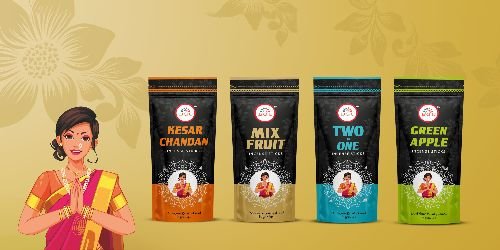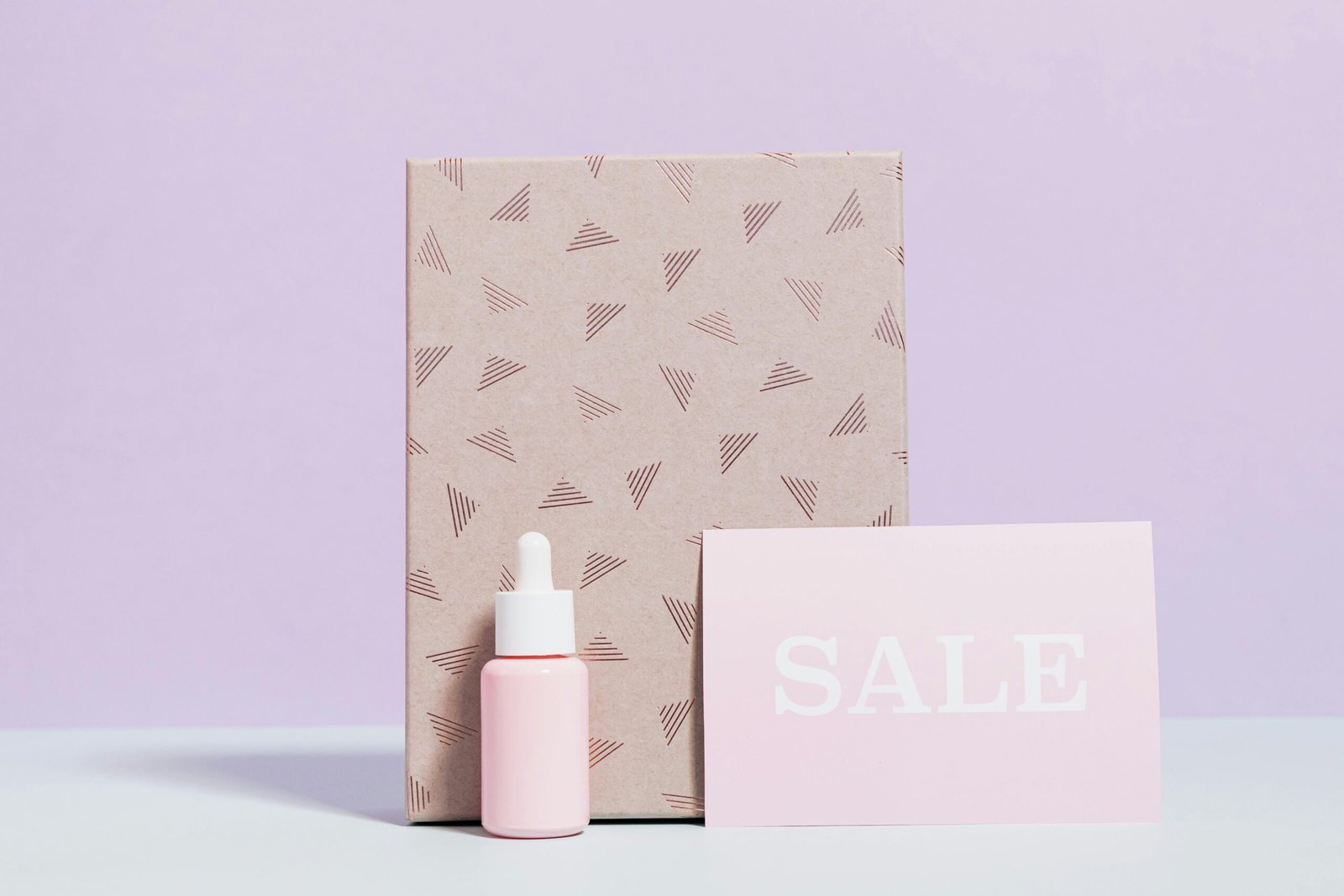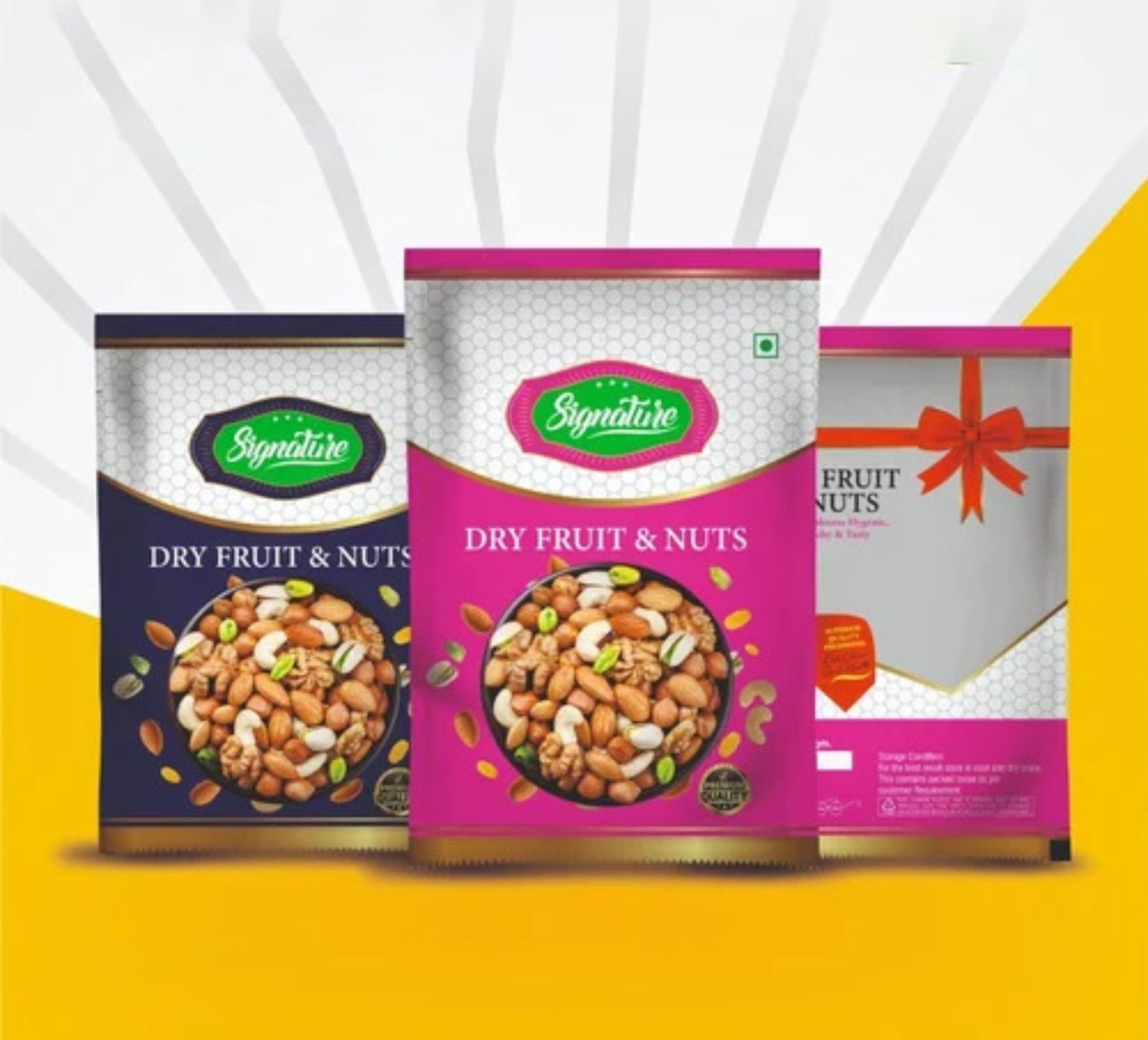Service
Discover Our Range of High-Quality Packaging Solutions
Incense Stick Pouch
An incense stick pouch is a specialised packaging solution designed to store and protect incense sticks. These pouches are typically made of flexible materials, such as:
- Paper (e.g., kraft paper, paper foil)
- Plastic (e.g., PE, PP, or laminated films)
- Foil (e.g., aluminium or silver foil)
Incense stick pouches often feature:
- Breathable materials: Allow for airflow to maintain incense stick freshness.
- Moisture barrier: Protects the incense sticks from humidity and moisture.
- Aroma preservation: Materials may be designed to preserve the fragrance and aroma of the incense.
- Compact design: Space-efficient packaging for easy storage and transport.
- Re-sealable options: Some pouches feature zip locks or press-to-close seals for convenient re-closure.
When selecting an incense stick pouch, consider factors such as:
- Material breathability and moisture barrier properties
- Pouch size and shape to fit your incense sticks
- Re-sealable options for freshness preservation
- Branding and labelling requirements
- Sustainability and eco-friendliness
Matte Finish Pouch
A matte finish pouch is a type of flexible packaging pouch with a non-reflective, flat finish. The matte finish is achieved through a special coating or laminate process that reduces the glossiness of the pouch material.
Characteristics:
- Non-reflective: Does not reflect light, giving a flat appearance.
- Sophisticated look: Matte finish gives a premium and elegant appearance.
- Easy to handle: Less slippery than glossy pouches.
- Printing capabilities: Can be printed with various designs and colors.
- Material flexibility: Can be made from various materials, such as plastic, foil, or paper.
Applications:
- Food packaging: Snacks, coffee, tea, and other food products.
- Cosmetics and personal care: High-end packaging for skincare, haircare, and makeup.
- Pharmaceuticals: Medications and supplements.
- Pet food and treats: Premium packaging for pet products.
Benefits:
- Aesthetics: Matte finish gives a premium and sophisticated look.
- Practicality: Easy to handle and less slippery than glossy pouches.
- Branding opportunities: Can be printed with unique designs and colours.
- Product protection: Can be made with materials that provide barrier protection.
When choosing a matte finish pouch, consider factors such as:
- Product branding and image
- Packaging functionality
- Material selection
- Printing and design requirements
- Cost and budget constraints
Common Sizes
– Small: 3-5 inches wide x 5-7 inches tall x 0.5-1.5 mil thick
– Medium: 5-7 inches wide x 7-9 inches tall x 0.5-1.5 mil thick
– Large: 7-9 inches wide x 9-11 inches tall x 0.5-1.5 mil thick
Metalized Pouches or Rolls
Metallized pouches or rolls are a type of flexible packaging solution that combines a plastic film with a thin layer of metal, usually aluminium. This metallization process provides several benefits:
Benefits:
- Barrier properties: Excellent barrier against moisture, oxygen, and light.
- Shelf-life extension: Helps preserve product freshness and flavour.
- Appearance: Attractive, metallic appearance.
- Printing capabilities: Can be printed with various designs and colours.
- Conductivity: Can be used for applications requiring conductivity.
Applications:
- Food packaging: Snacks, coffee, tea, and other food products.
- Pharmaceuticals: Medications and supplements.
- Electronics: Component packaging and shielding.
- Cosmetics: High-end packaging for cosmetics and personal care products.
Metallized pouches:
- Stand-up pouches
- Flat pouches
- Zipper pouches
- Spout pouches
Metallized rolls:
- Flexible packaging material
- Lidding material
- Wrapping material
When choosing metallized pouches or rolls, consider factors such as:
- Barrier requirements
- Product sensitivity
- Appearance and branding needs
- Packaging functionality
- Cost and budget constraints.
LDPE Pouch & Plain LDPE Pouch
To cater to a wide range of customers and meet the increasing demand, we have two types of LDPE Pouches, printed and plain. These transparent plain LDPE pouches are waterproof and great for international packing! They come in various sizes with 40 micron to 150 micron thickness.
LDPE (Low-Density Polyethylene) pouches and plain pouches are both types of flexible packaging solutions. Here’s a comparison of the two:
LDPE Pouches
- Material: Made from low-density polyethylene (LDPE) plastic.
- Flexible and transparent: Clear or translucent appearance.
- Moisture barrier: Provides a good barrier against moisture.
- Chemical resistance: Resistant to chemicals and oils.
- Food-grade: Suitable for packaging food products.
- Cost-effective: Generally, less expensive than other materials.
Plain Pouches
- Unprinted packaging: No design or branding elements.
- Material flexibility: Can be made from various materials (e.g., LDPE, HDPE, PET, paper).
- Simple packaging solution: Ideal for products with minimal branding requirements.
- Cost-effective: Lower cost compared to printed pouches.
- Quick lead time: Faster production and delivery.
Key differences:
- Material: LDPE pouches are made from a specific material, while plain pouches can be made from various materials.
- Printing: LDPE pouches can be printed, while plain pouches are unprinted.
- Appearance: LDPE pouches are typically transparent, while plain pouches can be transparent or opaque.
LDPE pouches are suitable for packaging:
- Food products (e.g., snacks, coffee, tea)
- Chemicals and oils
- Cosmetics and personal care products
- Pharmaceuticals
Plain pouches are suitable for:
- Products with minimal branding requirements
- Simple packaging needs
- Cost-sensitive applications
Laminated Food & Nonfood Packaging Pouch
We provide laminated food packaging pouches in a variety of colours and sizes, with a thickness ranging from 50 to 120 microns. They are guaranteed to draw attention from everyone with their eye-catching glossy finish and personalised design! These printed 2-layer/3-layer pouches provide triple protection against leaks and air gaps, guaranteeing that the scent and freshness of the contents remain within. Their construction and barrier qualities are where they differ most:
Food Pouches with Laminates:
- Multi-layer structure: Usually made up of two to three layers of laminated materials (such as plastic, foil, and paper).
2. High barrier protection: Provides excellent defence against impurities, light, air, and moisture.
3. Extended shelf life: Ideal for delicate goods like coffee, dried fruits, and nuts.
4. upscale appearance
Non-Laminated Food Pouches:
- Single-layer construction: Constructed from a single substance (paper or plastic, for example).
2. Lower barrier protection: Laminated pouches might offer a higher level of protection than this one.
3. Shorter shelf life: Fit for items like baked goods or snacks that have a shorter shelf life.
4. Economical: More affordable than laminated pouches.
5. Eco-friendly choices: can be produced using recyclable materials or bioplastics.
Three Side Sealed Pouch
A three-side sealed pouch is a type of flexible packaging pouch that is sealed on three sides, leaving one side open for filling. Here are some key features and benefits:
Features:
- Three-side seal: Sealed on three sides (top, bottom, and one side).
- One side open: One side remains open for filling.
- Flexible material: Made from flexible materials like plastic, foil, or paper.
- Various sizes and shapes: Can be made in different sizes and shapes.
Benefits:
- Easy to fill: Simple and efficient filling process.
- Tamper-evident: Sealed sides provide a clear indication if the pouch has been opened.
- Moisture and oxygen barrier: Sealed sides protect against moisture and oxygen.
- Cost-effective: Often more cost-effective than other pouch types.
- Customizable: Can be printed with branding, labels, and designs.
Applications:
- Food packaging: Snacks, coffee, tea, and other dry goods.
- Pharmaceuticals: Medications and supplements.
- Industrial products: small parts, components, and other industrial items.
- Cosmetics and personal care: Powders, creams, and other personal care products.
When choosing three-side sealed pouches, consider factors like:
- Material selection (flexible material, barrier properties)
- Pouch size and shape (to fit your product)
- Seal strength and integrity
- Printing and branding (labels, designs, logos)
- Regulatory compliance (food-grade, pharmaceutical, etc.)
Common Sizes
– Small: 3-5 inches wide x 5-7 inches tall x 0.5-1.5 mil thick
– Medium: 5-7 inches wide x 7-9 inches tall x 0.5-1.5 mil thick
– Large: 7-9 inches wide x 9-11 inches tall x 0.5-1.5 mil thick
Printing Specifications
– Printing techniques: Flexography, rotogravure
– Colours: Up to 8 colours
– Finishes: Matte, glossy
Materials
– Plastic laminate (e.g., polyethylene, polypropylene, polyester)
– Barrier layer (e.g., aluminium, EVOH) for light and moisture protection
– Sealant layer (e.g., polyethylene, polypropylene)
Clear Vaccum Pouches
Stand-Up Pouches
Features:
- Upright design: Stands upright on shelves, making it easy to display and store.
- Flexible material: Made from flexible materials like plastic, foil, or paper.
- Zipper or closure: Often features a zipper or other closure system for easy opening and closing.
- Window or transparent material: Can have a window or be made from transparent material to showcase the product.
Benefits:
- Convenient: Easy to use and store.
- Space-saving: Takes up less space on shelves compared to traditional packaging.
- Visible product: Allows consumers to see the product inside.
- Resealable: Can be re-sealed after opening, maintaining freshness.
- Cost-effective: Often more cost-effective than traditional packaging.
Applications:
- Food packaging: Snacks, coffee, tea, and other dry goods.
- Beverages: Juice, water, and other liquids.
- Personal care: Shampoos, conditioners, and other personal care products.
- Pet food and treats: Convenient packaging for pet owners.
- Industrial products: small parts, components, and other industrial items.
When choosing stand-up pouches, consider factors like:
- Material selection (flexible material, barrier properties)
- Pouch size and shape (to fit your product)
- Closure system (zipper)
- Printing and branding (labels, designs, logos)
- Regulatory compliance (food-grade, pharmaceutical, etc.)
SPECIFICATIONS:
Materials
– Plastic laminate (e.g., polyethylene, polypropylene, polyester)
– Aluminum or EVOH barrier for light and moisture protection
– Sealant layer (e.g., polyethylene, polypropylene)
Common Sizes
– Small: 2-4 inches wide x 4-6 inches tall x 2-4 inches deep
– Medium: 4-6 inches wide x 6-8 inches tall x 4-6 inches deep
– Large: 6-8 inches wide x 8-10 inches tall x 6-8 inches deep
Printing Specifications
– Printing techniques: rotogravure.
– Colours: Up to 8 colours
– Finishes: Matte, glossy.
Centre Seal Pouch for Food & Non-food Packaging
A centre seal pouch, also known as a centre seal bag or centre zip pouch, is a type of flexible packaging pouch that features a seal or Ziplock in the centre of the pouch. This design allows for:
- Easy opening and closing: Simple and convenient access to the contents.
- Tamper-evident: The centre seal provides a clear indication if the pouch has been opened.
- Freshness preservation: The seal helps maintain freshness and aroma by minimising air exposure.
- Compact design: Space-efficient packaging for easy storage and transport.
Centre seal pouches are suitable for both food and non-food products, including:
Food:
- Snacks (e.g., chips, nuts, dried fruits)
- Coffee and tea
- Spices and seasonings
- Baking supplies (e.g., flour, sugar)
- Pet food and treats
Non-food:
- Cosmetics and personal care products (e.g., powders, creams)
- Pharmaceuticals and medical devices
- Small parts or components (e.g., electronics, hardware)
- Crafts and hobby supplies (e.g., beads, buttons)
- Industrial supplies (e.g., adhesives, lubricants)
Centre seal pouches offer various benefits, including:
- Convenience: Easy to use and reseal.
- Flexibility: Can be made from different materials (e.g., plastic, foil, paper).
- Cost-effective: Often less expensive than other pouch styles.
- Customization: Can be printed with branding, labels, or designs.
When selecting a centre seal pouch, consider factors such as:
- Material selection (e.g., barrier properties, sustainability)
- Pouch size and shape to fit your product
- Seal or Ziplock type (e.g., press-to-close, Ziplock)
- Branding and labelling requirements
- Product freshness and protection needs
Visit Us
No.13 Gound Floor,Sir M Visveswaraya Indl Layout, Avalahalli Village, Anjanapura Post, Bangalore, India 560062
Message Us
admin@makflexible.com
Contact
+91-9740670035
+91-9206513776
Follow





























